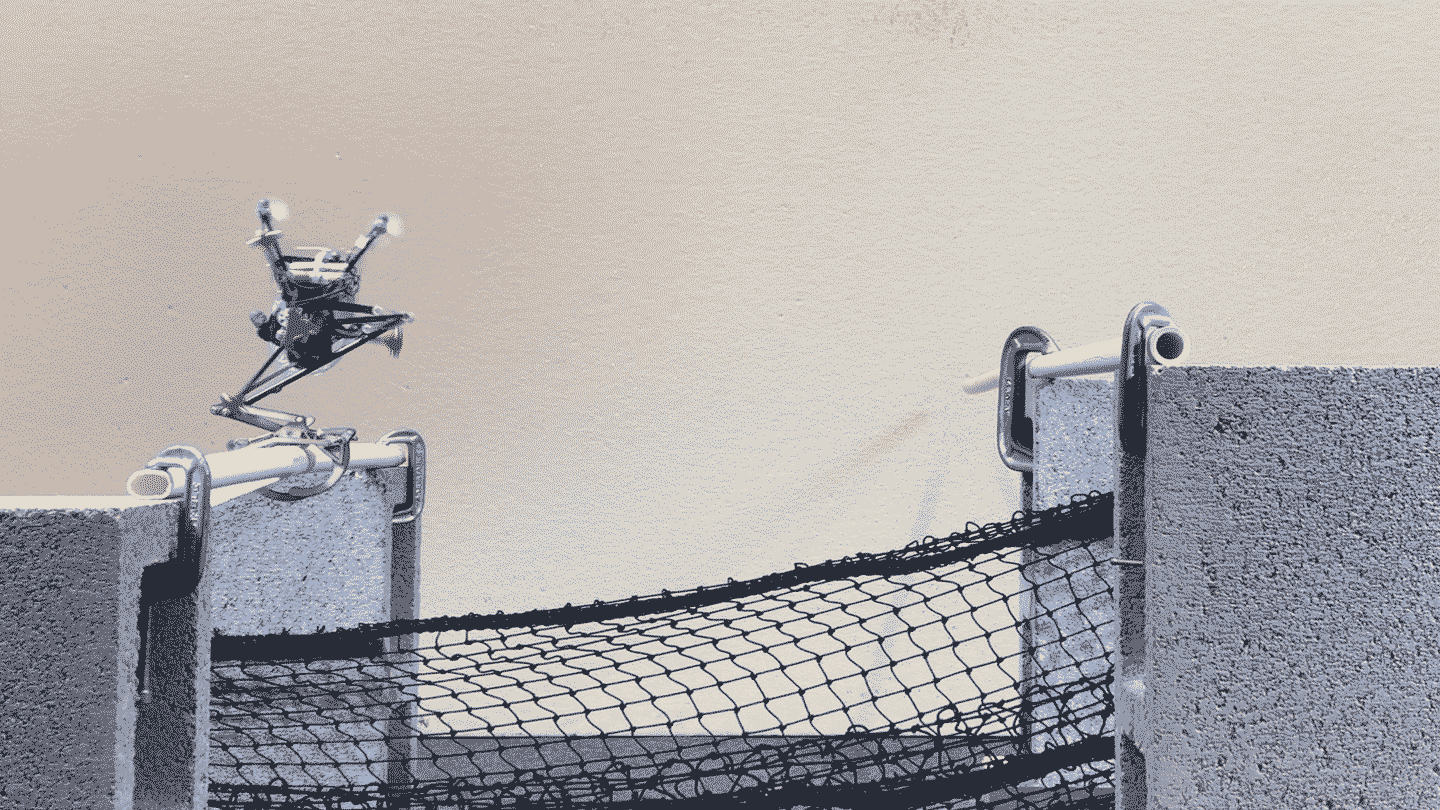
Tech
This squirrel-like robot has some serious hops
Salto the jumping robot has a claw-like gripper. Like a squirrel, it can adjust its movement to help it stay balanced to stick a landing on "branches."
By Meghan Rosen
Come explore with us!

Salto the jumping robot has a claw-like gripper. Like a squirrel, it can adjust its movement to help it stay balanced to stick a landing on "branches."

A spacesuit that collects and filters urine could prove a boon to future remote workers — even on Earth. Like the idea? Thank Dune.

Some ships host tall spinning cylinders that act like sails. Roughing the cylinders’ surface will greatly boost fuel efficiency, teen scientists find.

Using this method to stick and unstick metals from soft materials could one day create new types of batteries.

That protein stopped the disease-causing bacterium from growing in lab dishes or infecting mice.

Three grand-award winners each took home at least $50,000. Hundreds more teens shared more than $9 million in prizes at the international competition.

A finalist at Regeneron ISEF found that a plant native to China could supplement a common pain reliever that comes with unwanted side effects.

Ice guides a 3-D printing method to make realistic, artificial blood vessels. One day, such vessels could be used in lab-grown organs.

Microplastics made from fossil fuels take centuries to disappear. But the plant- and algae-based plastic can break down in weeks to months.

Experts worry that by making it harder to tell what’s true, AI can threaten people’s reputations, health, fair elections and more.